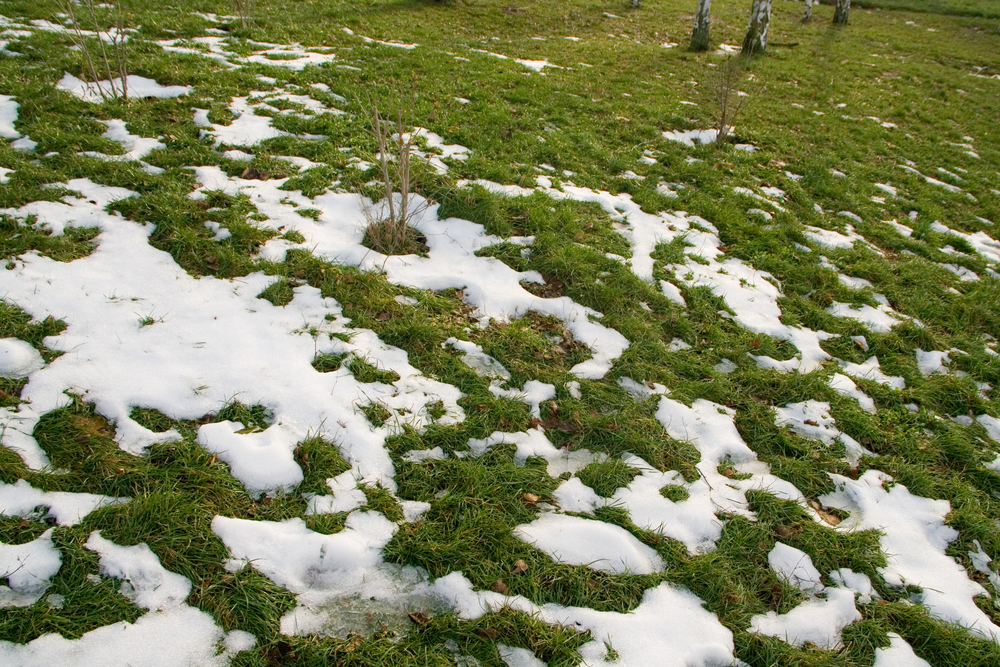Summer’s over, winter’s chill is beginning to spread, the lawn mower has been stowed in the garage…and it’s time to winterize your lawn. In the Pacific Northwest regions of Seattle, Tacoma, Gig Harbor, Port Orchard, Bremerton, Bainbridge Island and surrounding areas, there’s still plenty to do to prepare your lawn for its winter slumber. Here are 5 Easy Winterizing Tips:
- Trim your lawn to winter height. If you raised your lawn height to avoid summer heat stress, you might need to retrieve that lawn mower for one last pass over the grass. Make sure your final cut leaves the grass at about two inches tall for most Pacific Northwest grasses. Leave the lawn clippings to provide mulch. Now you can stow your lawn mower.
- Remove debris from the lawn. This season we’ve already seen a lot of big winds so branches, leaves, seedpods and other debris are no doubt strewn across your yard. These unsightly piles can provide a breeding ground for damaging disease organisms, fungus and molds. Eliminating debris is a preventative measure you can take. Pile it up and cart it away.
- Apply fertilizer. During this fall and winter season your lawn has begun storing nutrients. Adding a nitrogen based fertilizer with the addition of potassium and phosphorus will give your lawn a nutrient boost when springtime rolls around as well as protect your lawn from damaging diseases when it’s in its most vulnerable state.Your first autumn season application should be in early to mid-September. Follow-up with an application in November/December to keep the grass competitive with moss through the winter. Use a slow release fertilizer or organic fertilizer so that you don’t promote a big flush of growth. We recommend a fertilizer with a 3-1-2 ratio (nitrogen, phosphorus and potassium) with the application of 4 to 6 pounds of actual nitrogen per 1,000 square feet of lawn surface, divided such that the application of about one pound of actual nitrogen goes on each time. Note: Over-watering and applying excessive nitrogen fertilizer can lead to thatch buildup. Make sure you only apply recommended amounts. More is not necessarily better.
- Reduce thatch, clumping and soil compacting by aerating your lawn. In addition, aerating will improve fertilizer availability to your lawn. Use the kind of aerator that removes plugs from the ground and doesn’t simply punch holes in the dirt. Left on the lawn, those small cores of soil will also help decompose excess thatch layers in the lawn.
- De-thatching. You know that old, tired layer of grass and moss hanging out on your lawn? That’s thatch. A tiny layer shouldn’t pose a problem, but when it’s thicker than ½ inch, it can keep air, water and fertilizer from reaching the grass roots, negating the efforts you just took to apply fertilizer. Look for a spongy feel to your lawn to determine if you have thatch. And, while you can remove thatch by hand, that process can be tedious and tiring. Better to invest in a power rake, or, call Levy’s Landscaping for de-thatching as well as all your lawn needs.
